Environmental Engineering Reference
In-Depth Information
(a)
Stoats
(b)
Fruit /
foliage Kokako
Ship
rats
Ship
rats
Possums Stoats
Possums
Fruit /foliage
Kokako
Ship rats
Possums
Stoats
0
-1
-1
-1
-1
0
-1
-1
0
-1
0
1
1
1
1
0
-1
-1
Kokako
1
1
1
0
1
0
-1
Fruit/
foliage
Fig. 9.8
(a) The kokako food web showing positive (in direction of arrows) and negative (in direction of black dots) links
among the food web components. Thus, for example, an increase in kokako has a positive effect on number of ship rats
(which prey on kokako), while an increase in ship rats has a negative impact on kokako numbers. Closed loops starting
and ending at the species represent density dependence, where change in population size is negatively related to current
population size (refer to Box 5.1). (b) The matrix provides another way of describing the food web in a qualitative way. Note
that an increase in kokako, ship rats or possums (refer to columns beneath these species) has a negative effect on fruit and
foliage; this is because all three feed, at least partially, on fruit and foliage. Stoats, on the other hand, do not. All three
predators, however, feed on kokako, and stoats also feed on ship rats. (After Ramsey & Veltman, 2005.)
9.5
Ecosystem
consequences of
invasions
You have seen in prev ious chapters how invaders can affect populations of native
species with which they interact. On a larger ecological scale, it turns out that invad-
ers sometimes modify the way energy and nutrients move through the native
ecosystems.
9.5.1
Ecosystem
consequences of
freshwater invaders
Just as sea otters alter the behavior of their abalone prey (Section 9.3.1), invading
brown trout (
Salmo trutta
) in New Zealand change the behavior of herbivorous
invertebrates that graze algae on the streambed; daytime activity is signifi cantly
reduced in the presence of trout (Townsend, 2003). Brown trout use vision to
capture prey, while the native fi sh they have replaced (
Galaxias
spp.)
rely on
mechanical stimuli. This means that darkness provides a refuge against trout preda-
tion (analogous to the crevices that abalone use when under threat). It is not surpris-
ing that the introduced fi sh should have direct effects on
Galaxias
distribution or
invertebrate behavior, but its infl uence also cascades to the algae at the base of the
food web. Three treatments were established in experimental stream channels
-
no
fi sh,
Galaxias
present, or trout present, at naturally occurring densities. After 12
days, algal biomass was highest where trout were present, partly because of a reduc-
tion in grazer biomass (Figure 9.9) but also because of a reduction of grazing
(reduced feeding during the day) by the remaining grazers. This trophic cascade
had further profound effects. The enhanced algal biomass led to a higher rate of
capture of radiant energy in photosynthesis (annual net primary production was six







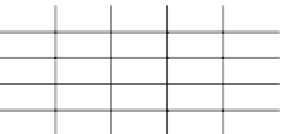

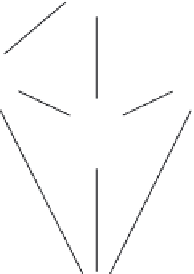
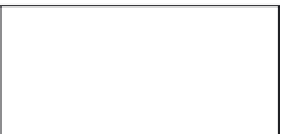

































Search WWH ::

Custom Search